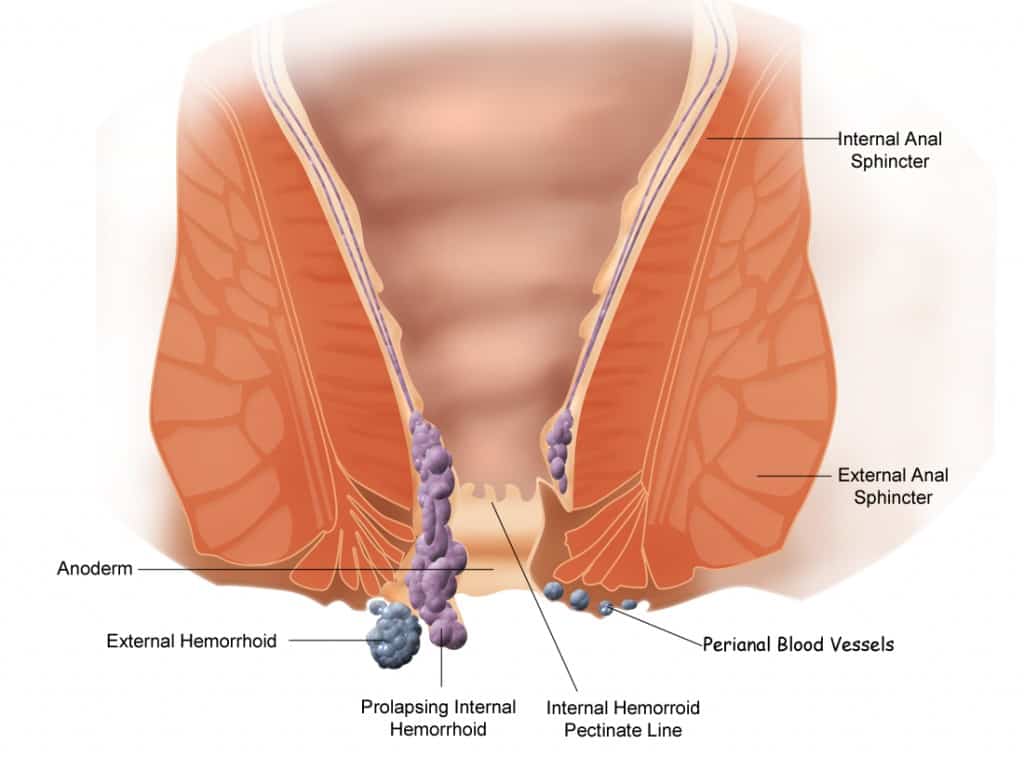Medication, or bhaishajya chikitsa
Most minor hemorrhoids can be treated with medication only. No other procedures are needed unless hemorrhoids are more severe. In worse cases, medications may be used in addition to procedures.
Herbal application, or kshara
Kshara is a caustic, alkaline paste used to manage hemorrhoids. The paste is made of an herbal blend and has a cauterizing action. Kshara is applied to the hemorrhoid using a specialized device called a slit proctoscope. The paste then chemically cauterizes the hemorrhoid, which may have been open and bleeding.
Depending on your dosha, you’ll be advised to take specific medications to balance your body as you recover. You may also need to make dietary or lifestyle adjustments to support healing.
Surgical intervention, or sastra chikitsa
Your Ayurvedic practitioner may recommend a therapy called kshara sutra. Kshara sutra uses special medicated thread to tie a hemorrhoid off at the base.
This cuts off the blood supply to the vein, allowing the hemorrhoid to shrink over the next 7 to 10 days. It will shrivel and detach on its own. This more invasive approach will be considered only when other treatments are not effective.
Cauterization, or agnikarma
External hemorrhoids can be cauterized using infrared heat. Your Ayurvedic practitioner might offer burning off the hemorrhoids. Cauterization will produce some pain.
Do Ayurvedic treatments for piles work?
Kshara treatment appears to be safe, but there is potential for risk. More research is needed to understand how well they work and how they work.
One studyTrusted Source evaluated 30 people experiencing hemorrhoids. Topical application of kshara paste for seven days resulted in the shrinkage of their piles. There were no side effects or adverse effects shown during this treatment. Researchers concluded this treatment would be most effective for first- and second-degree hemorrhoids.
In another case studyTrusted Source of kshara chemical cauterization, the patient was symptom-free within 21 days and had no adverse effects or complications. One case study isn’t enough to say cauterization is safe, however.
Kshara Sutra proceduresTrusted Source, the surgical procedures, have been found to be minimally invasive and low-cost, with a small risk of adverse side effects. These procedures have a few benefits:
- They take less time to perform.
- People can return to work the next day.
- Recovery is less painful than with hemorrhoidectomy.
One study recommends a combination of modern surgical intervention and Ayurvedic treatments. Its findings suggest that modern and Ayurvedic philosophy toward hemorrhoid treatment are similar but might be most effective if practiced together.












